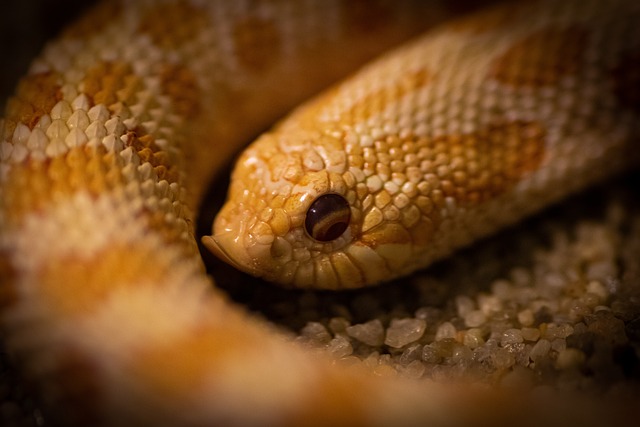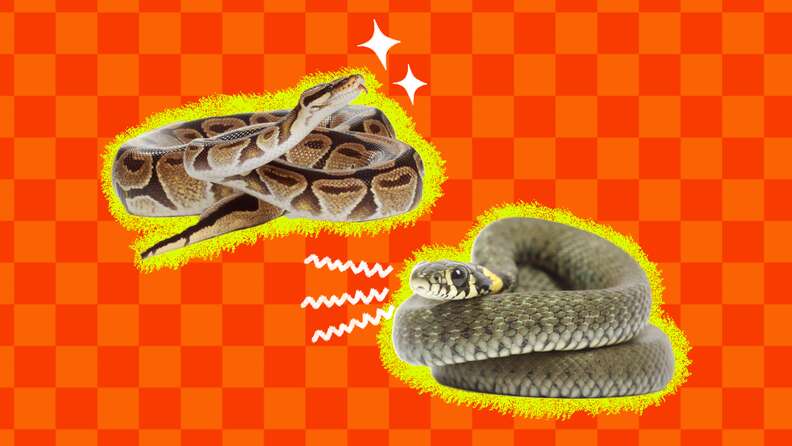Please Your Interest: Snake for Sale Supply Unveiled
Crucial Treatment Tips for Pet Dog Snakes: A Newbie's Guide
As beginner reptile fanatics embark on the journey of caring for family pet serpents, understanding the essential concepts of proper husbandry is critical. From choosing the appropriate snake types to producing an ideal habitat and maintaining ideal ecological problems, each step plays an essential function in cultivating a thriving relationship between owner and snake.
Picking the Right Serpent Variety
When selecting a serpent types as an animal, it is essential to consider variables such as character, treatment, and dimension needs. Size is an essential factor to consider as it directly influences the area required for the snake to thrive easily.

Establishing the Perfect Unit
To develop an optimum living setting for your pet dog serpent, thorough focus to information is needed when establishing the room. The first consideration is the size of the unit, guaranteeing it gives adequate area for your snake to move around and extend out pleasantly. A basic guideline is to have a storage tank that is at the very least as long as the serpent's length and broad enough to enable numerous hiding spots and a water bowl.
Substrate option is vital, as it not only affects the appearances of the room but additionally contributes in maintaining appropriate humidity degrees. Popular substrates consist of aspen shavings, cypress mulch, and paper towels, each using different advantages depending on the serpent species and wanted humidity degrees.
Incorporating a temperature level gradient is necessary for your snake's general health. Use heat lamps, warmth pads, or ceramic heaters to develop a warm side and a cooler side within the room, permitting your snake to control its body temperature as needed. In addition, providing appropriate lighting, hiding places, and climbing branches will certainly provide enrichment and excitement for your pet snake.
Giving Proper Heating and Illumination
Proper heating and illumination are necessary parts in developing an ideal environment for your pet dog serpent. To resemble their all-natural setting and guarantee your serpent's health, it is critical to give a correct warmth slope within the unit.
For home heating, under-tank heating pads or warmth tape are generally utilized to create a cozy area for your snake to bask. In addition, serpents need a constant light-dark cycle to maintain their circadian rhythm.
Bear in mind to investigate the specific home heating and illumination requirements for your serpent species to give a healthy and balanced and comfortable setting for your animal. snake for sale.
Establishing a Feeding Regimen
Snakes have differing feeding frequencies based on their types, age, and dimension. Typically, adult serpents are fed as soon as every 1-2 weeks, while younger snakes may call for even more frequent meals.
When feeding your serpent, decide for appropriately sized victim things. The dimension of the target must match the serpent's girth for proper digestion and to prevent regurgitation. Icy target things are recommended as they position much less threat to your serpent contrasted to live prey, which can hurt the serpent throughout feeding.

Handling and Socializing Your Serpent
When handling and mingling your pet dog serpent, it is essential to technique with care and respect for their natural behaviors and boundaries. Serpents are singular animals by nature and may not look for out social communication like various other family pets. With consistent and mild my site handling, lots of snakes can come to be accustomed to human call.
Before attempting to manage your snake, ensure that they are comfy and not in shed or food digestion mode, as this can make them more short-tempered. Approach your snake calmly and with confidence, supporting their body properly to make them really feel safe. Avoid abrupt motions or loud noises that can stun them.
Start with brief handling sessions and slowly raise the time as your serpent ends up being more familiar with being held. Be observant of their continue reading this body language - if they reveal signs of stress and anxiety like hissing, fast tongue flicking, or curling securely, it's best to place them back in their enclosure.
Keep in mind that not all snakes take pleasure in handling, and it's important to appreciate your pet dog's preferences. Normal, gentle communications can aid develop trust fund and reduce stress and anxiety for your snake, causing a more positive partnership between you both.
Final Thought
To conclude, it is important for newbie serpent owners to very carefully choose the best serpent varieties, established an appropriate unit, provide ample heating and lights, develop a feeding routine, and handle their serpent effectively. Following these care ideas will certainly ensure the well-being and happiness of the family pet serpent, developing a harmonious relationship between proprietor and reptile.
When selecting a serpent species as an animal, it is vital to take into consideration factors such as care, character, and size demands. Some snakes, like the Corn Snake, have a tendency to be accommodating and tolerant of dealing with, making them optimal for those new to snake ownership. Researching and understanding these demands details to the varieties you are taking into consideration is why not look here essential to provide proper treatment and make sure the snake's wellness. Generally, adult serpents are fed as soon as every 1-2 weeks, while younger snakes might call for more frequent meals.
:max_bytes(150000):strip_icc():focal(849x610:851x612)/Missing-snake-032924-2-cd7de126433d4f1eb2e7b0de1addaa48.jpg)